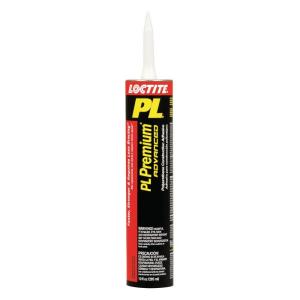Just a quick FYI for those attempting to create a keezer collar and worried about how to permanently attach the lid to the collar or the collar to the freezer...worry no more.
I had concerns about how well an adhesive would hold the collar to the freezer, until I tried this stuff.

Let's just say that after 12 hours(full cure time is actually 24 hours) I could lift the freezer by the collar. Seriously.
It's not going ANYWHERE!
Now, for the rest of the coffin keezer, lol.
I had concerns about how well an adhesive would hold the collar to the freezer, until I tried this stuff.

Let's just say that after 12 hours(full cure time is actually 24 hours) I could lift the freezer by the collar. Seriously.
It's not going ANYWHERE!
Now, for the rest of the coffin keezer, lol.


